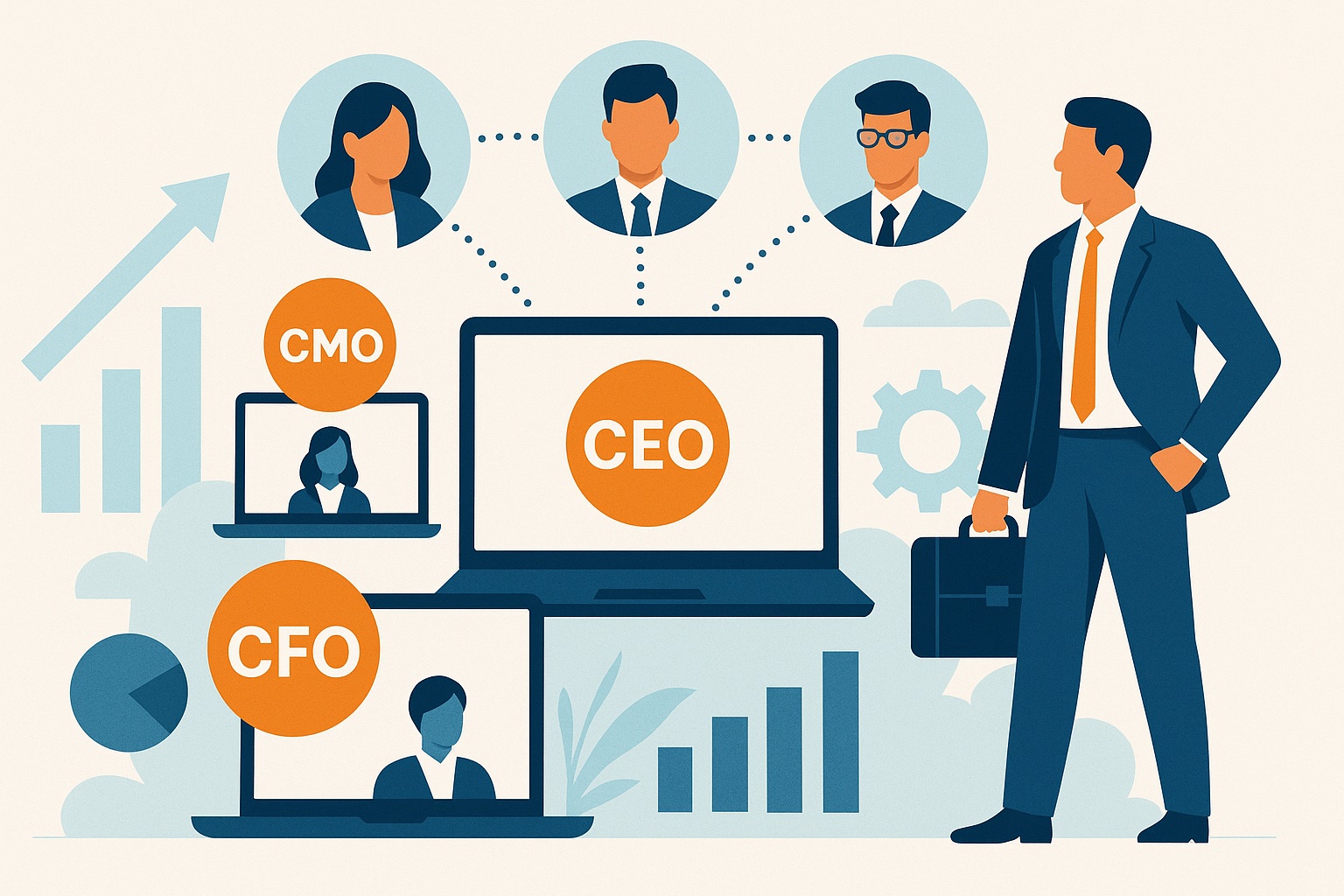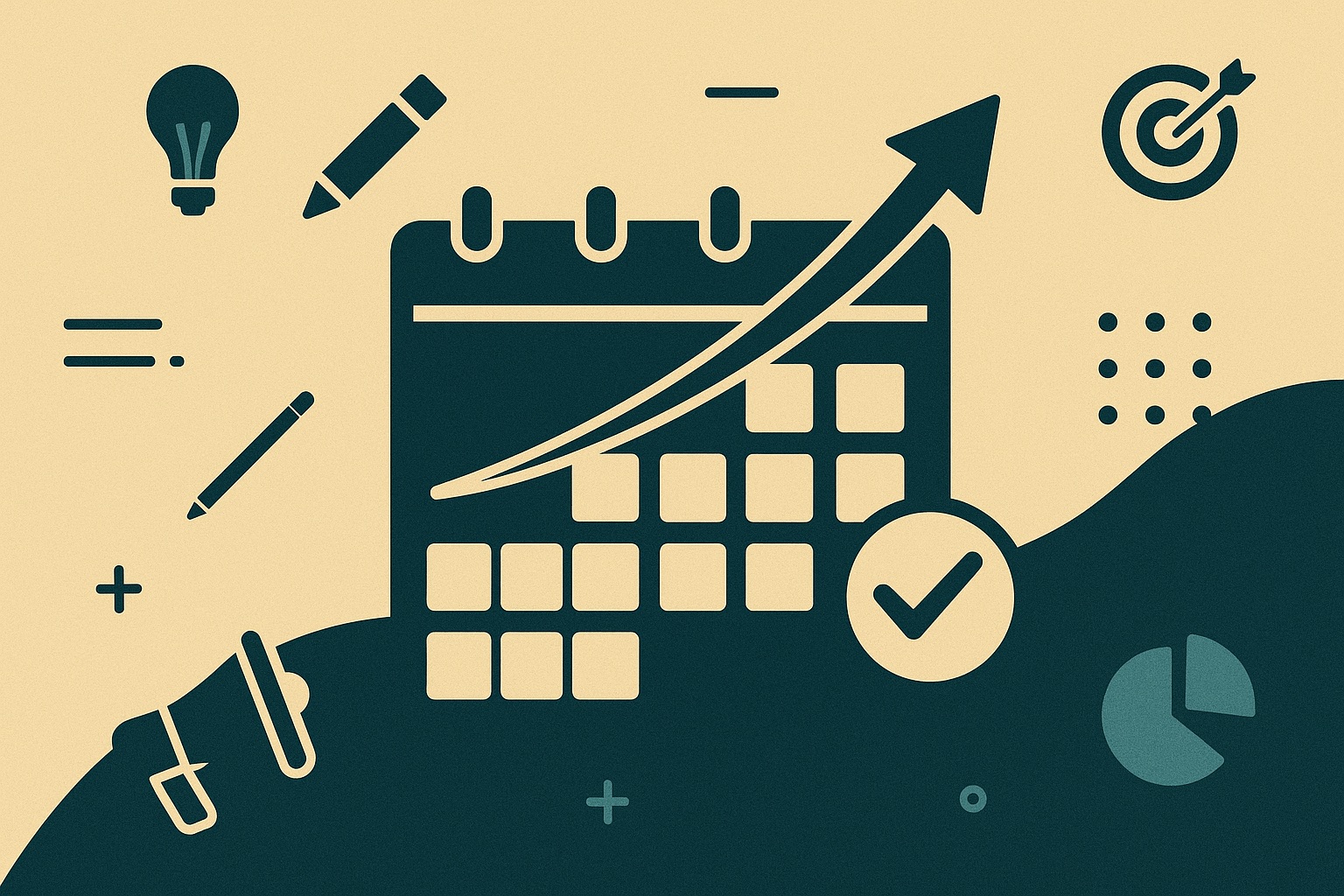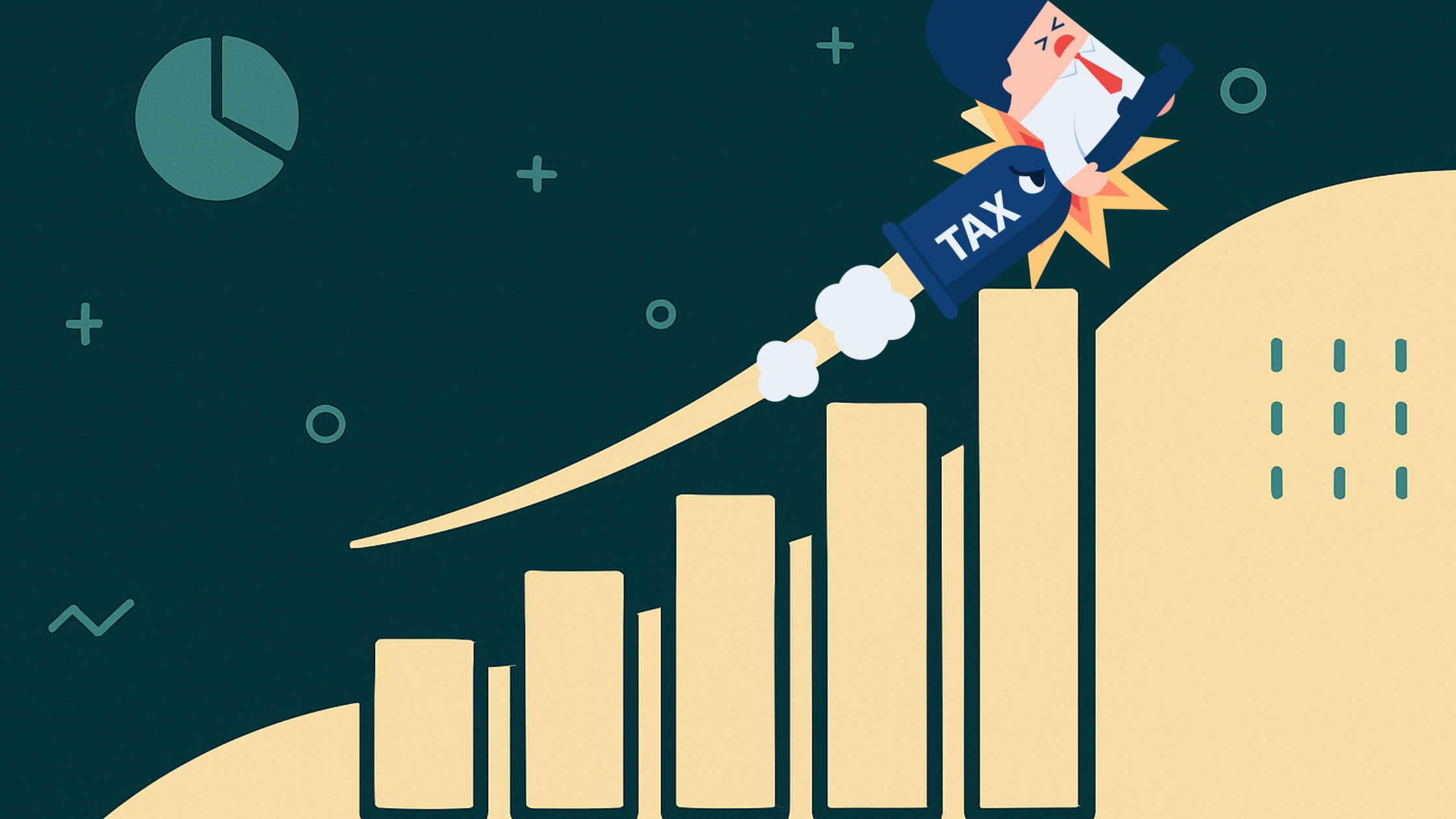
There is a lot that goes into long term business growth, and being adaptable is a big part of it. Adaptability means being able to change to suit your environment, but it’s something that a lot of businesses continually struggle to do. This is largely due to businesses having a long term growth goal, but not being able to recognise when adaptation is needed, or not having the skills to turn that long term vision into a reality.
Before now, adaptability wasn’t something that businesses had to think about too often, as industry changes were few and far between, and they tend to happen gradually. But, with the evolution of the digital world, sudden change and disruption is quickly becoming part of business life. For businesses that want to remain successful, bridging the adaptability gap is key.
What is the Adaptability Gap?
There’s no denying that businesses focusing on adaptability achieve more success, creating more value, compared to businesses that don’t. However, a surprising number of companies struggle to adapt quickly and effectively when faced with change. This is referred to as the ‘adaptability gap.’ It highlights the difference between how adaptable a business should be, and how adaptable that business is in reality. If a business wants to achieve long term business growth, it needs to be able to bridge the adaptability gap, and take advantage of opportunities it’s presented with.
What Causes the Adaptability Gap?
There are a lot of things that cause the adaptability gap, and knowing what’s holding your business back is a key part of overcoming it.
- Leadership – Long term business growth is driven by leadership, and a lack of leadership can cause the adaptability gap. Leaders need to be open to embracing change, otherwise the company could struggle to adapt to new circumstances.
- Organisational Culture – The adaptability gap can be caused by an organisational culture that’s too strict or hierarchical. This happens because a rigid culture prevents a business from adapting by holding innovation back and shying away from taking risks.
- Resistance to Change – Sometimes, employees resist change due to fear of the unknown; they might be worried about the loss of job security, or they might be uncomfortable with unfamiliar processes or technologies. Employees should feel excited about, and open to, change.
- Poor Communication – Poor communication and a lack of collaboration between departments can prevent the flow of information from one to the other, stopping teams from adapting to changing market conditions.
- Lack of Resources – A lot of businesses struggle with a lack of resources. If there’s not enough of a budget, time or skilled employees dedicated to adaptation, the business’ ability to respond effectively to change can suffer.
- Outdated Systems and Processes – Old systems, outdated technologies and inefficient processes can slow down decision making and hinder adaptability. This is why it’s important for businesses to regularly update systems and processes, ensuring everything is in place for when adaptation needs to happen.
What Does it Mean to Be Adaptable?
It’s impossible to close the adaptability gap if you don’t know what it means to be adaptable. It’s a somewhat vague term, but it centres on being able to adjust to new conditions. It means having leaders that empower employees to make decisions, and to be flexible in how they work. Not only does this ensure that teams can change their approaches when the market changes, but it also means fewer layers of hierarchy are needed. Decisions can be made quickly as fewer people have to be consulted, and actions can be put into effect immediately.
Being adaptable as a business also means making use of resources, and doing so in a flexible way. When you view resources as being flexible, you ensure that they are being maximised and used where they are needed most. For example, moving from a team that has a lot of resources, to a team that’s lacking in resources.
The New Way of Approaching Long Term Business Growth
Previously, businesses approached growth with a five or ten year plan. These plans were used to ensure that everyone was focused on the same goals, and that everyone was on the same page. But, a set plan doesn’t leave a lot of room for adaptation. If something changed within that time, businesses struggled to adapt and keep up. This is why it’s time to approach long term business growth in a new way, a way focused on adaptation and change.
This new way is also focused on long term business growth, but it takes changing markets and industries into account. A lot can change in five years, and it’s important to refresh and update the plan with any changes in mind. By regularly assessing a growth plan, it’s possible to change the strategy as and when the market changes.
We know how complex and daunting business growth can be, especially for relatively small businesses that want to hit the big time. You might have a rough idea of where you want your business to be in five or ten years time, but being able to make that happen is another matter. A lot of business growth relies on being able to adapt to changing markets, customer demands and innovation. This is something that we can help you with.
At Profici, we dedicate ourselves to helping businesses achieve long term growth, development and success. Contact our experts today to find out more.
Latest Posts
-

Outgrown Your Internal Team? How Fractional Executives Can...
Seeing your business grow is hugely exciting, but growth doesn’t happen on its own. Growth...
-

The Rise of Fractional C-Suites: Why 2025 is...
After many, many years, the way businesses are building their executive teams is changing. With...
-

Why Your Business Needs a 12-Month Marketing Blueprint...
Growing a business isn’t easy, let alone one that grows into a sustainable success. There’s...
-

How April’s National Insurance Rises Impacts Your Business...
On the 6th April, a change took place that’s going to affect employers across the...